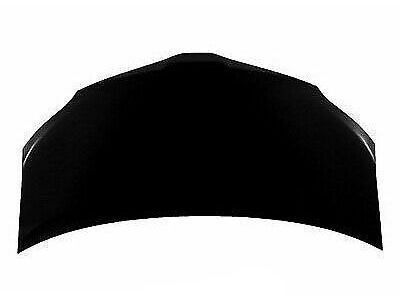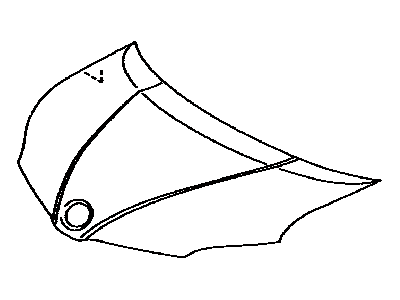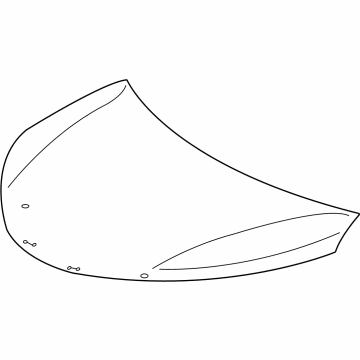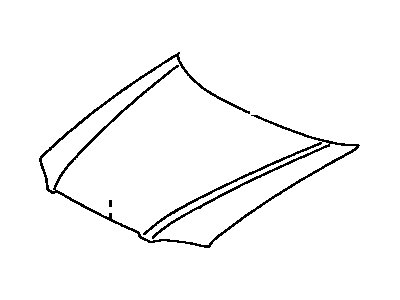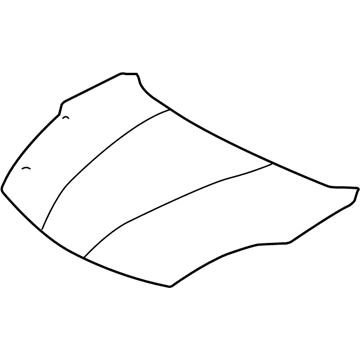

My Garage
My Account
Cart
Genuine Toyota Sienna Hood
Engine Hood- Select Vehicle by Model
- Select Vehicle by VIN
Select Vehicle by Model
orMake
Model
Year
Select Vehicle by VIN
For the most accurate results, select vehicle by your VIN (Vehicle Identification Number).
6 Hoods found
Toyota Sienna Hood Sub-Assembly
Part Number: 53301-08050$268.88 MSRP: $385.55You Save: $116.67 (31%)Ships in 1-3 Business DaysToyota Sienna Hood Sub-Assy
Part Number: 53301-08060$404.18 MSRP: $602.95You Save: $198.77 (33%)Ships in 1-3 Business DaysToyota Sienna Hood Sub-Assembly
Part Number: 53301-08040$270.15 MSRP: $387.38You Save: $117.23 (31%)Ships in 1-3 Business DaysToyota Sienna Hood Sub-Assembly
Part Number: 53301-08020$344.19 MSRP: $513.46You Save: $169.27 (33%)Ships in 1-3 Business DaysToyota Sienna Hood Sub-Assembly
Part Number: 53301-AE020$374.85 MSRP: $559.21You Save: $184.36 (33%)Ships in 1-3 Business DaysToyota Sienna Hood Sub-Assembly
Part Number: 53301-08010$344.19 MSRP: $513.46You Save: $169.27 (33%)Ships in 1-3 Business Days
Toyota Sienna Hood
If you are in demand for superior quality and affordable OEM Toyota Sienna Hood, then shop with us! We own a wide range of the reduced-priced genuine Toyota Sienna Hood. You can purchase in confidence as all parts come with a manufacturer's warranty. Any issues with our products? No need to worry as we have a hassle-free return policy to guide you every step of the way.
Toyota Sienna Hood Parts Questions & Experts Answers
- Q: How to remove and install the hood, and what adjustments are necessary for proper alignment on Toyota Sienna?A:The hood is somewhat awkward to remove and install, so at least two people should perform this procedure. To begin, open the hood and place blankets or pads over the fenders and cowl area to protect the body and paint during the lift. Disconnect any cables or wires that may interfere with removal, including the windshield washer tubing from the nozzles on the hood. Make marks around the hood hinge to ensure proper alignment during reinstallation. Have an assistant support the weight of the hood, then remove the hinge-to-hood bolts and lift off the hood. For installation, align the hinge bolts with the previously made marks. Fore-and-aft and side-to-side adjustments of the hood can be made by moving the hinge plate slot after loosening the bolts or nuts; however, factory bolts are "centering" type and must be replaced with standard bolts with flat washers and lock washers for adjustment. Mark around the entire hinge plate to determine the amount of movement, then loosen the bolts and adjust the hood into the correct alignment, tightening the hinge bolts afterward to check the position. If necessary, the entire hood latch assembly can be adjusted up-and-down and side-to-side on the radiator support to ensure the hood closes securely and flush with the fenders. Mark around the hood latch mounting bolts for reference, loosen them, and reposition the latch assembly as needed before retightening. Finally, adjust the hood bumpers on the radiator support to ensure the hood is flush with the fenders when closed, turning each edge cushion clockwise to lower or counterclockwise to raise the hood. Periodically lubricate the hood latch assembly and hinges with white, lithium-base grease to prevent binding and wear.
